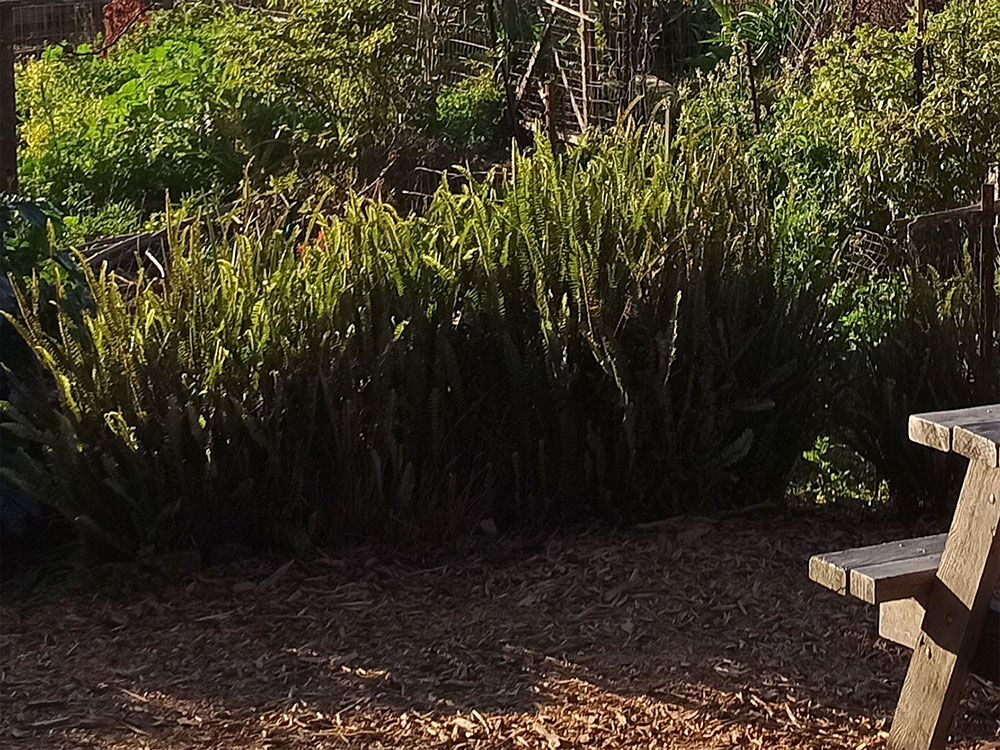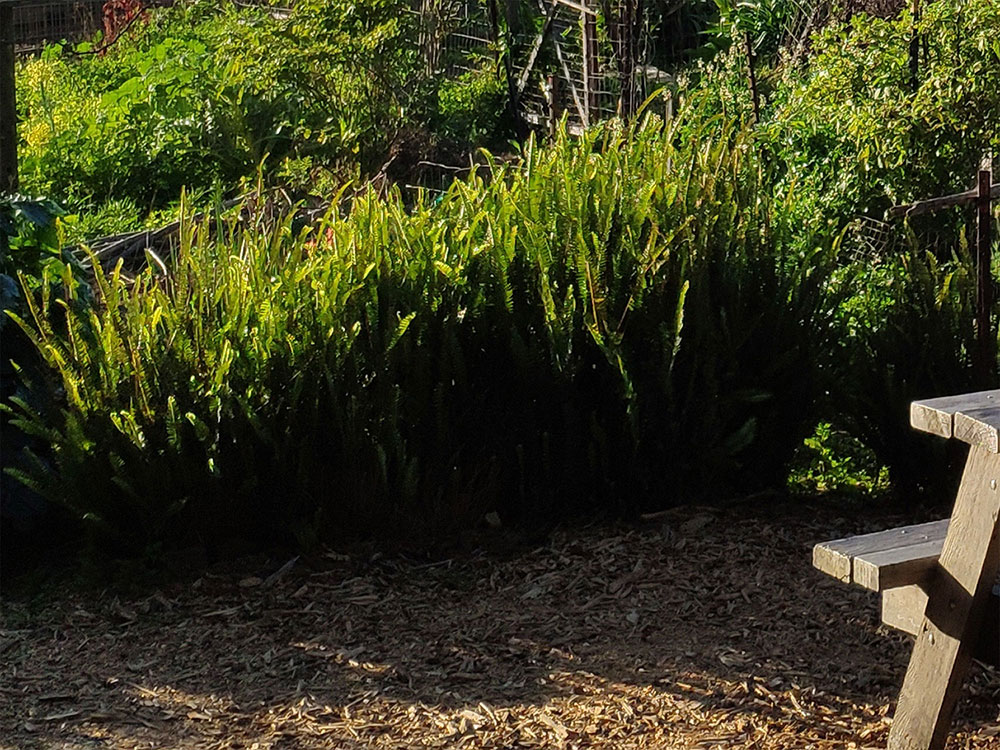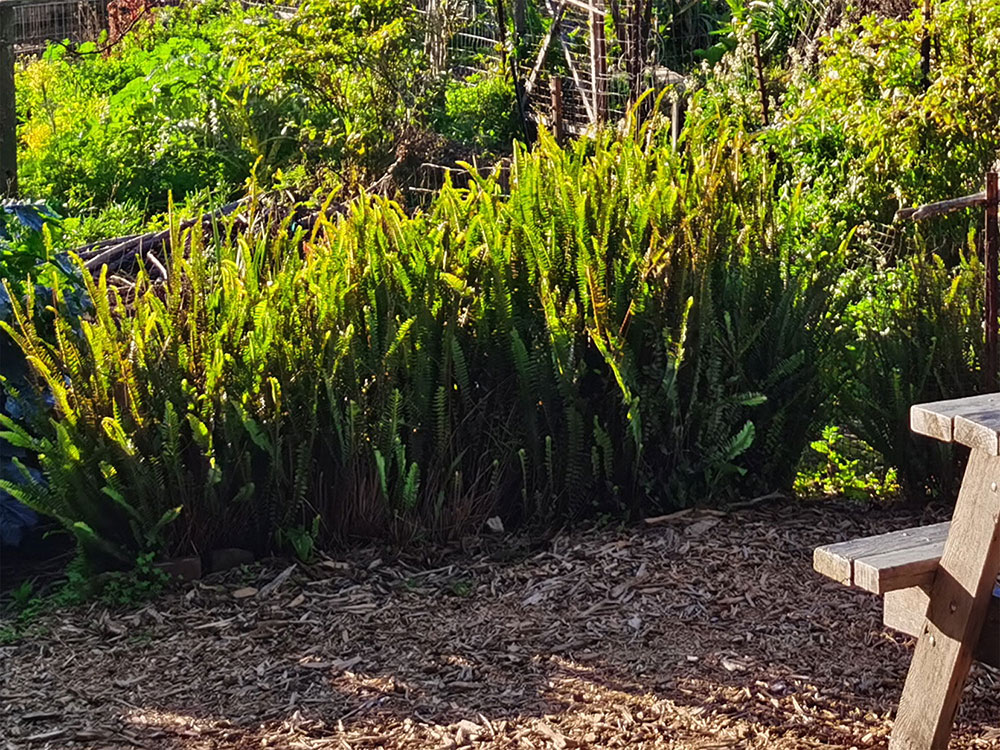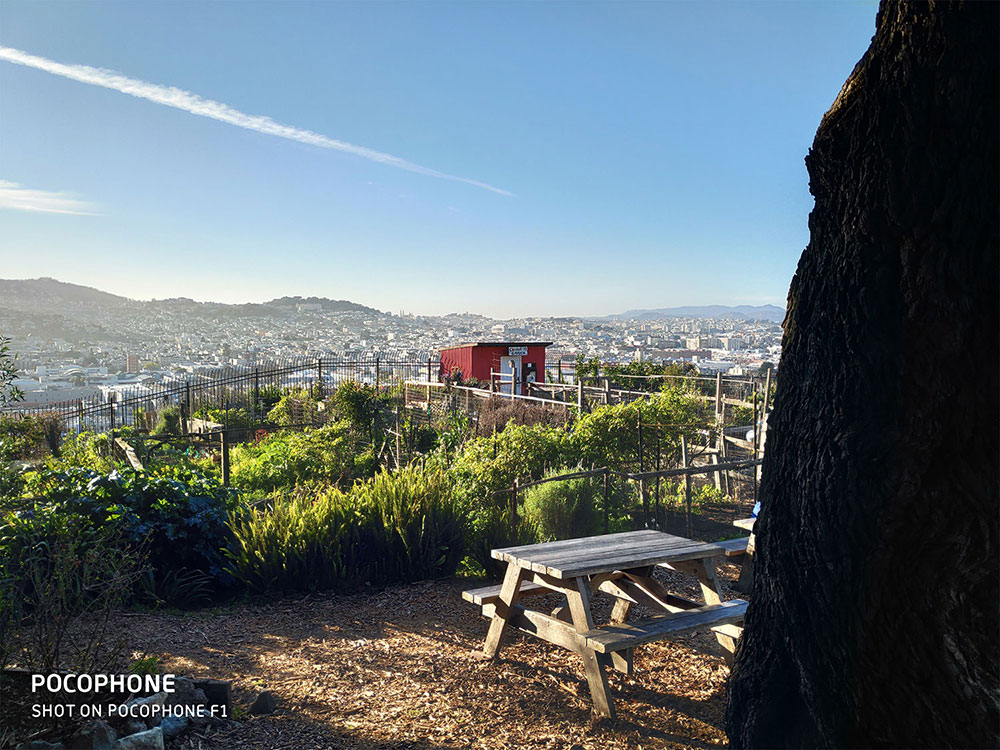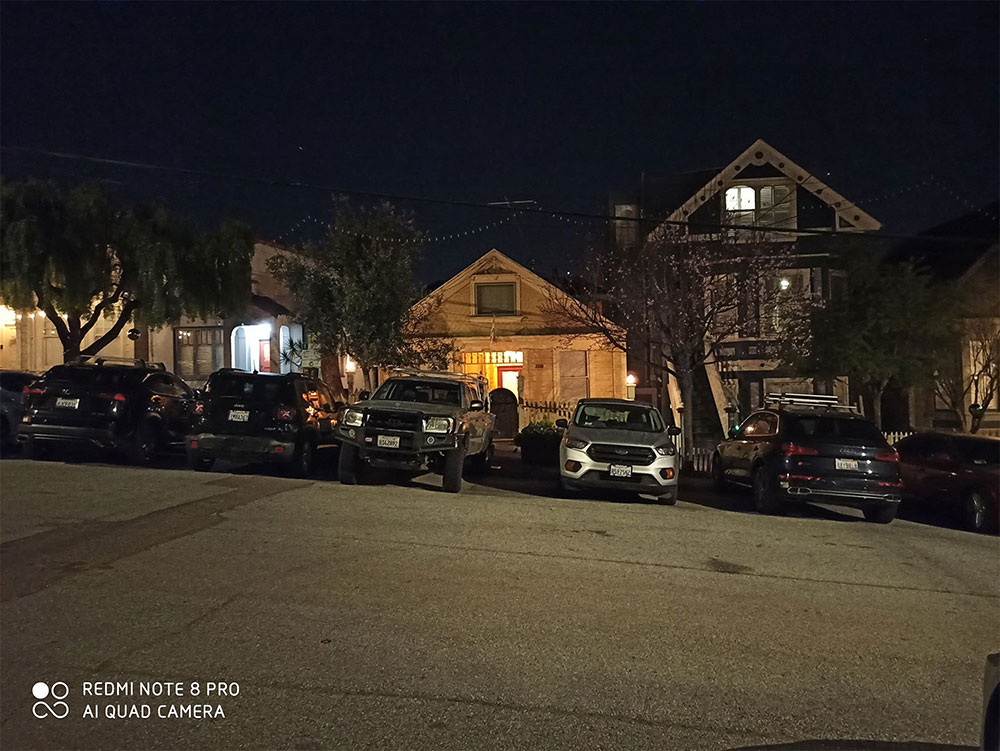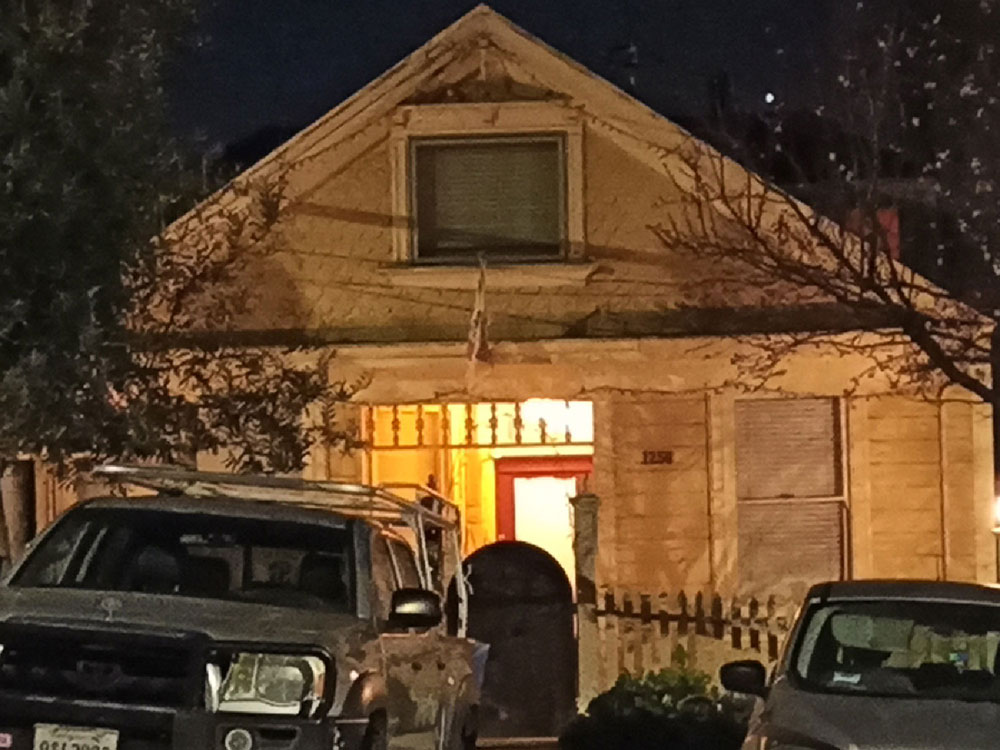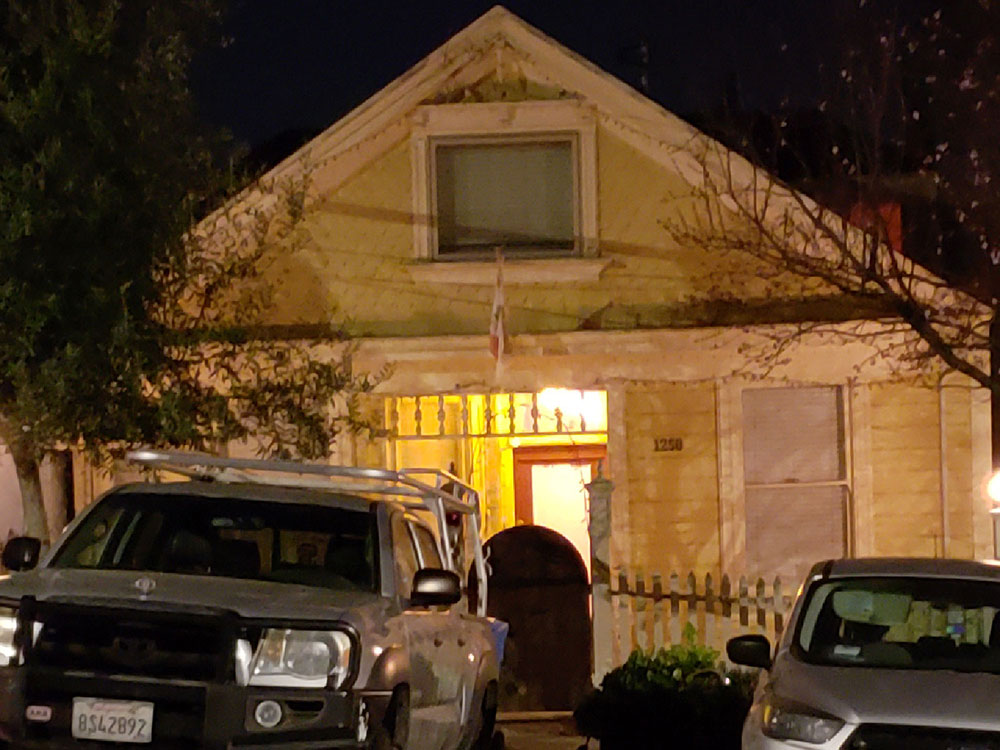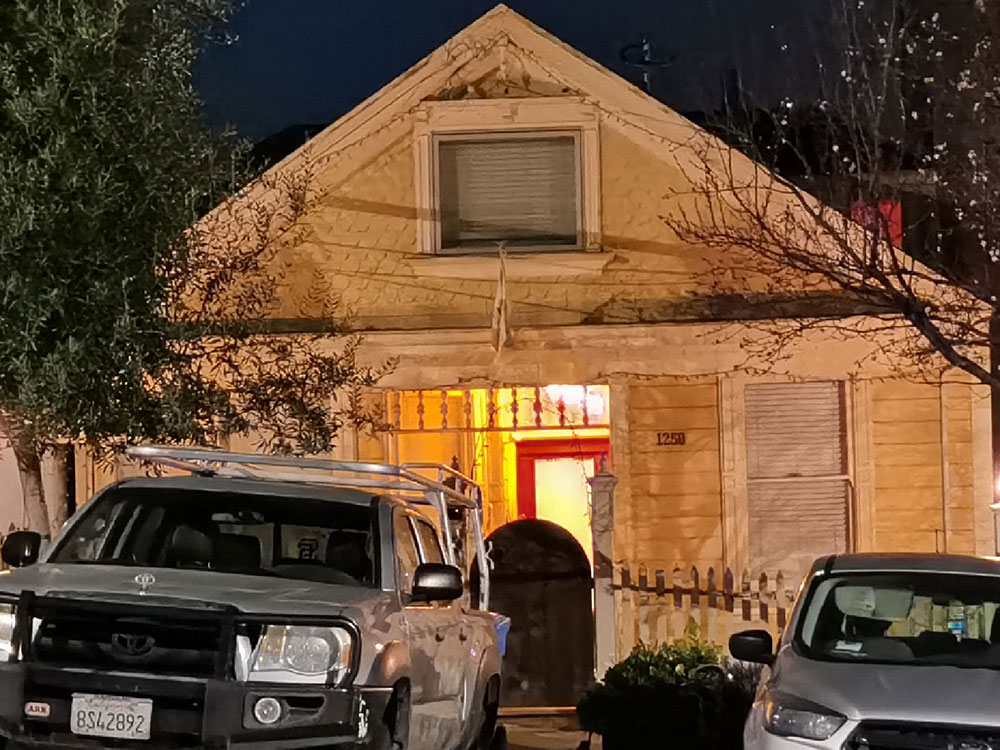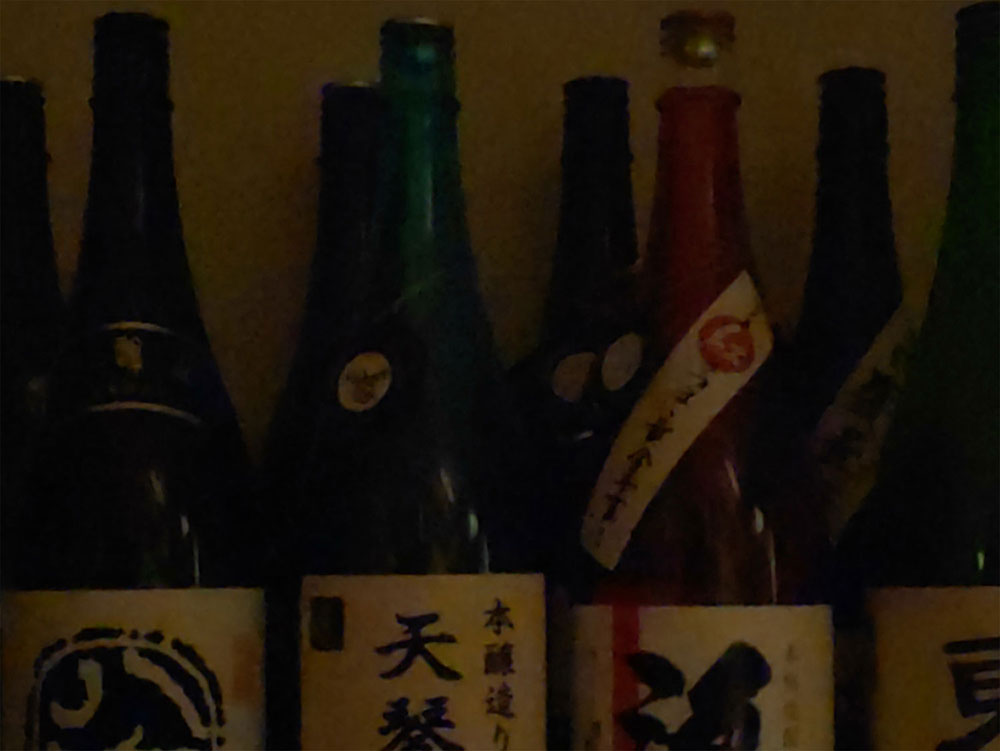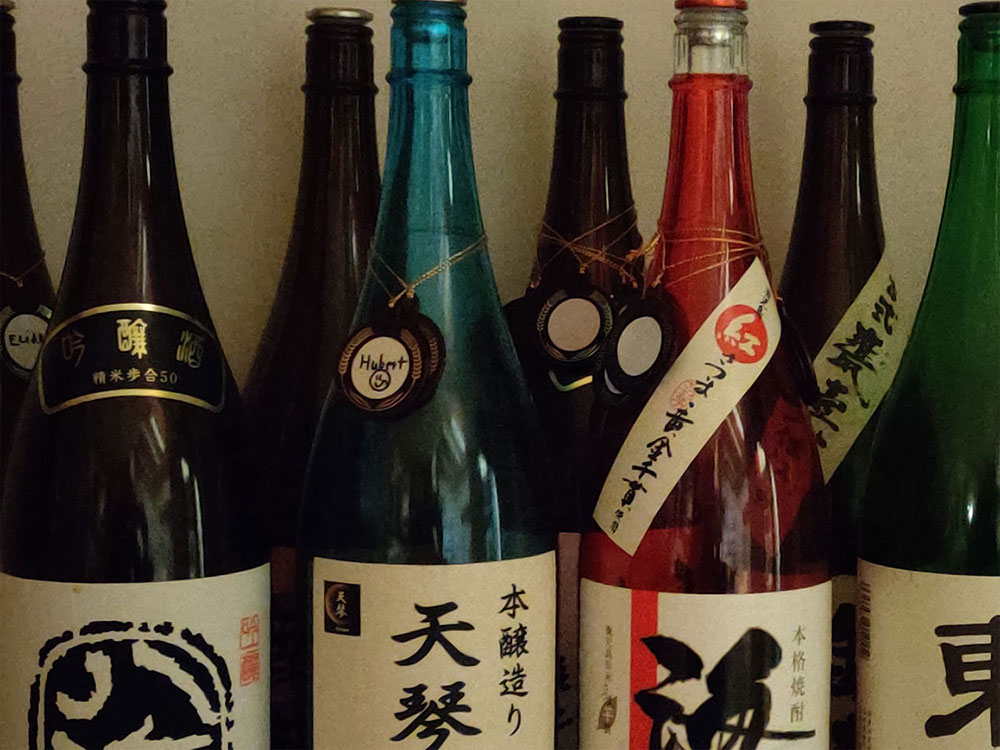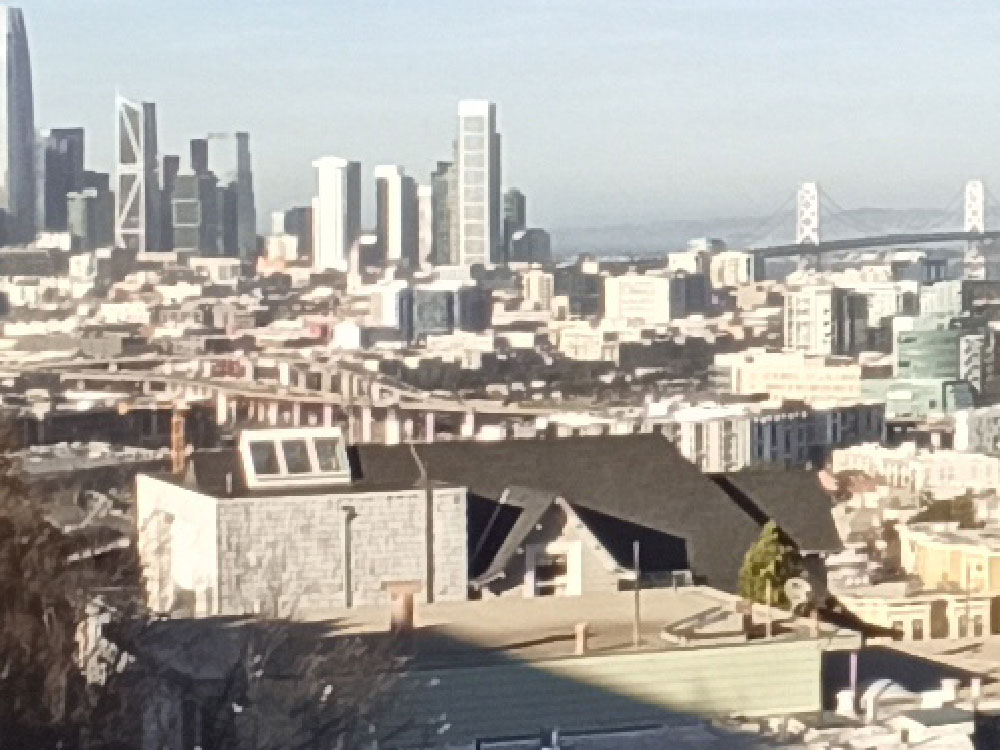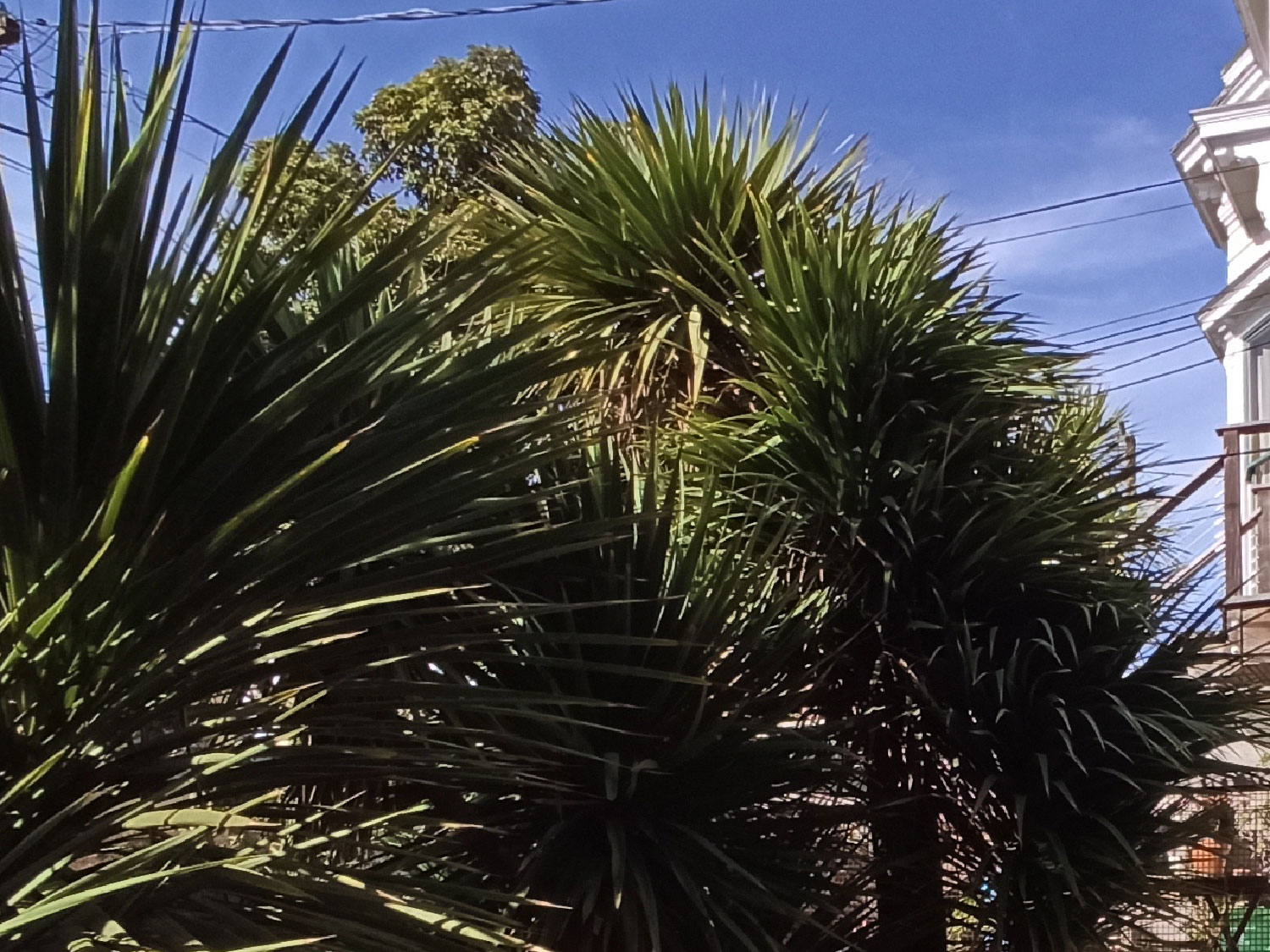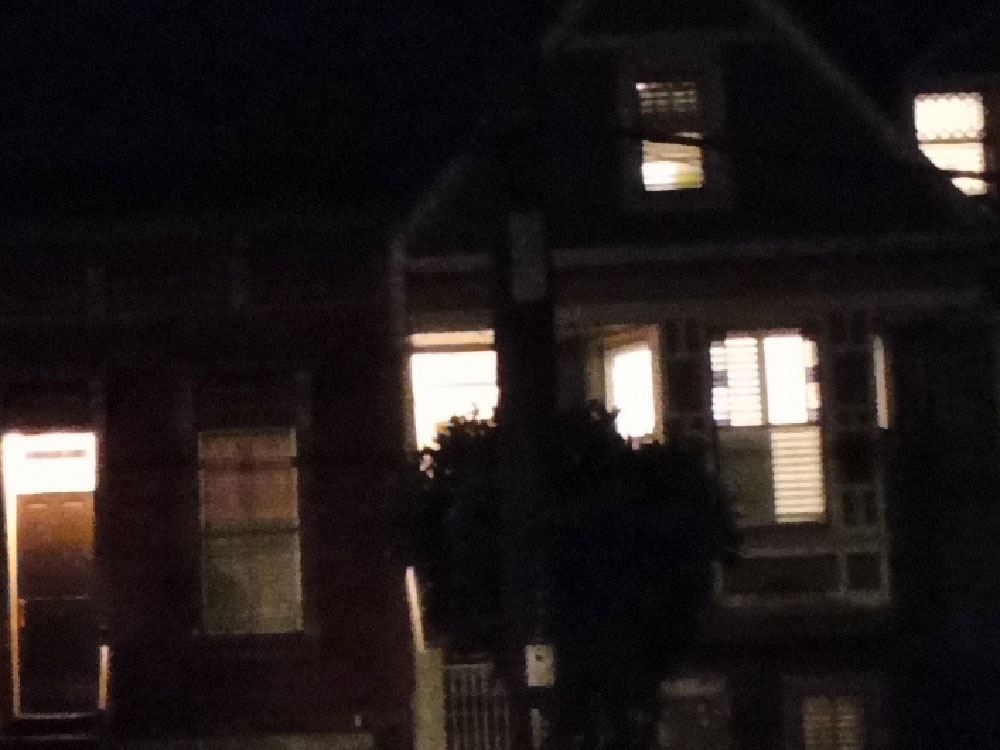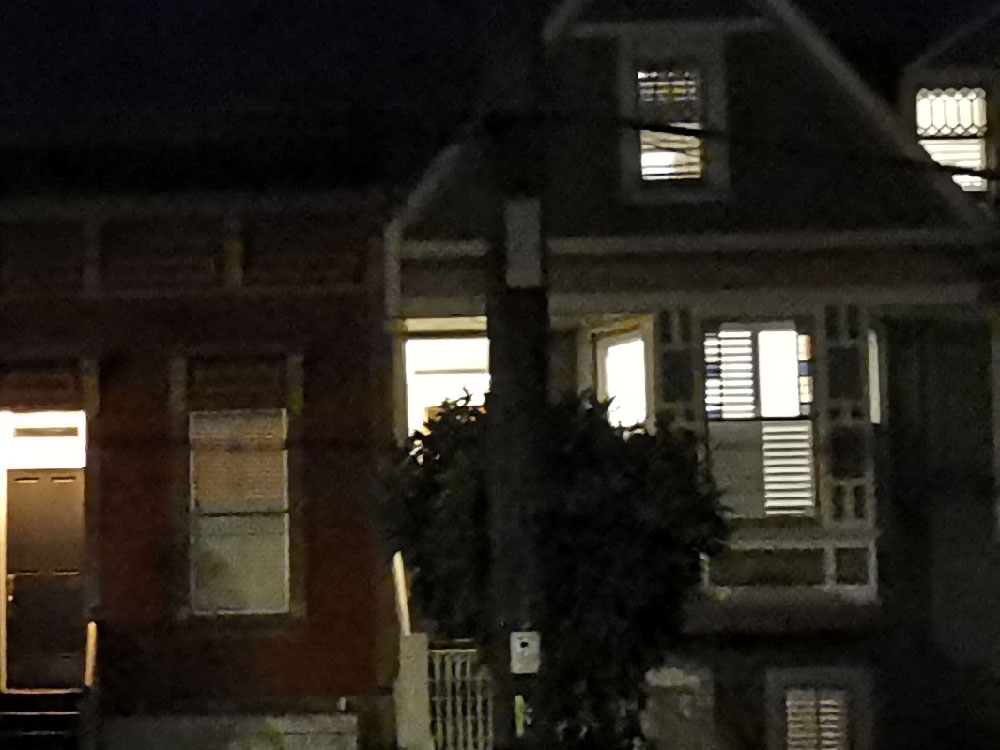
Key Camera Specifications
- Rear Camera System
- Ultrawide: 13mm 8-MP f/2.2
- Primary: 26mm 64-MP f/1.89 (Primary) + 2MP Bokeh sensor
- Zoom: N/A, uses Primary camera
- Macro: 21mm 2-MP f/2.4*
The Quad-camera system of the Xiaomi Redmi Note 8 Pro includes a 2MP “bokeh” sensor for depth perception, and we don’t count that sensor as a “camera” since it doesn’t actually take color photos, but helps the primary camera with blurring effects.
The macro lens is a cool novelty feature that many OEMs are experimenting with. At this time, it does not contribute to our camera score, as it’s not yet clear if people are using it, and how much “macro” contributes to the overall camera experience.
There’s no dedicated zoom camera, so this phone uses the primary camera and digital zooming to perform that task, thanks to its triple ISP (Image Signal Processor).
The Xiaomi Redmi Note 8 Pro is powered by the MediaTek Helio G90T, a processor platform (SoC) capable of supporting 64-Megapixel cameras with quad-bayer sensors.
Image Quality Analysis
Important: let’s clarify some terminology we’ll be using:
- “image processing”: software work that improves the image data quality
- “image filtering”: software work that changes the style (aesthetic) of the photo.
- “context photo”: a great approximation of what we see
- Including how dark the scene actually is
- Only to provide the context of the shot.
- Not a quality benchmark
A note about the CAMERA IQ benchmark: our camera scoring system is based on four “Pillars” or sub-scores that provide much-needed nuance: day, night, zoom and ultrawide photography. (*macro is not yet part of the score)
Daylight Photography
Like
- Good details
- Daylight photo quality, comparable to Mi Mix 3 and Honor View 20
Dislike
- Colors often shifts to red
- Bright scene sometimes have washed-out areas. HDR needs improvement


In broad daylight, the Redmi Note 8 Pro fares relatively well in absolute terms, and very well if you take its price into account. In that category, it’s not unusual to see mobile cameras with understandably lower performance.
Usual heavy-hitters such as the Google Pixel 3 camera or the iPhone 11 camera have better details and sharpness. However, the RedMi Note 8 Pro’s level of detail is more comparable to once much more expensive phones such as the Mi Mix 3 camera, the Honor View 20 camera or the LG V40 camera.
We have noticed many instances of Redmi Note 8 Pro photos coming out with a slightly red tint. If you don’t know the scene, you would probably not realize what’s going on. However, from a camera owner’s point of view, accurate colors impact controllability and photo quality.
HDR photography of the Redmi Note 8 Pro could be better as high-contrast scenes may feature washed out areas. There’s an example below, but HDR is extremely important because it greatly contributes to capturing the scene as your eyes see it, with details in both dark and bright areas.
The Redmi Note 8 Pro gets a daylight camera photography score of 175, which is just above the level of the LG V40, and a bit below the Honor View 20. As a reference, the iPhone 11 / 11 Pro is relatively far above.
Daylight camera sub-score: 175
Here are some daylight photography photo samples and comparisons below:


Night Photography
Like
- Good detail in high-contrast scenes
- Very good performance -in its price category-
- Decent noise filtering
Dislike
- Night photo performance is slightly below Pixel 3 levels
- Slightly aggressive image filtering


Our photo analysis shows that the Redmi Note 8 Pro has a low-light camera performance that is slightly higher than the Honor View 20 , and just about equal to the Google Pixel 3 (now a ~$275 phone at retail), a reference phone that many people are familiar with.
Note that the Redmi Note has a very different color filtering aesthetics than the Google Pixel 3, so having the same score doesn’t mean that their output is identical but mostly comparable.
It does means that both are globally at the same level when the objective (non-aesthetic) parameters are taken into account (noise, details, HDR, etc.). We have photo samples below for comparison.
In high-contrast (HDR) night photos situations such as street photos, festivals, theme parks at night, this camera performs surprisingly well. In fact, it can easily compete with phones like the Pixel 3 or Galaxy S9 which were “top of the line” phones not that long ago.
In soft low-light (low-contrast) scenes where the light is very dim, but without strong highlights, the Redmi Note 8 Pro’s camera uses relatively aggressive and reaches its maximum capabilities light-sensing capabilities with the Pixel 3, ahead, and even competing with Pixel 2.
Of course, competing with ~$1000+ phones like the Mate 30 Pro would be much more difficult, and we have photo samples to show this as well, just so you know what gap to expect between this camera and others that cost ~5X the price.
Night photo camera sub-score: 176

Ultrawide Photography
Like
- Most competitor have -no- Ultrawide support at all, so Redmi Note 8 Pro is often the de-facto winner
Dislike
- Details are a bit blurry
- Lowest-entry level Ultrawide performance


In absolute terms, the Redmi Note 8 Pro ultrawide camera has one the lowest Ultarwide score to date, just below the Huawei P30 camera and Motorola Zoom One camera. However, it is also one of the only smartphones at that price point to have an ultrawide camera to start with, and that helps it tremendously in the overall CAMERA IQ score.
From a practical point of view, the mere fact of having Ultrawide shots available is a great advantage, even if the image quality is not the best. This is really a case, where having something is infinitely better than having nothing.
And our Ultrawide score shows that even some expensive phones such as the iPhone 11 Pro don’t score that much better, so there’s tremendous value if you keep the analysis in sync with the handset’s price.
Ultrawide camera sub-score: 109

Zoom Photography
Like
- Color is sometimes better preserved than some competitors
Dislike
- No dedicated zoom camera caps the performance
- Strong image filtering has adverse effects on image quality


Without a dedicated zoom lens, the Redmi Note 8 wasn’t expected to score very high, but we can shed additional light on the zoom performance before you consider buying this phone.
The level of detail is grossly comparable with other phones that do not have a dedicated zoom camera, and that includes the newly launched Galaxy Z Flip for example which captures even less details.
In some cases, the Redmi Note 8 Pro preserves colors better than some competitors, but in other scenes, the colors were noticeably unrealistic. It’s very difficult to predict when it will happen, and that affects how controllable the camera is.
Even a 2X optical zoom such does make a noticeable difference, and a comparison with the LG V40 below easily demonstrates it. More powerful zoom lenses obviously take much higher-quality zoom shots.
Zoom photo sub-score: 56
Conclusion and CAMERA IQ Score

The Xiaomi Redmi Note 8 Pro’s camera score of 160 is higher than the Google Pixel 3 or the Galaxy S9+ which were some of the top cameras not that long ago.
Even though the Redmi Note 8 Pro is close to, but doesn’t overtake, the former high-end champions with its primary camera, the presence of the Ultrawide functionality pushes its overall capability to that level.
"BEST MOBILE CAMERA UNDER $250"It shows how dynamic and competitive the mobile camera market is, but also how expanding the camera capabilities by adopting high-demand features such as Ultrawide photography can change the overall value-proposition for mobile cameras.
When you account for the very affordable price pf the Redmi Note 8 Pro, it is evident that the Xiaomi Redmi Note 8 Pro brings the highest value-proposition we have seen in the past 12 months.
For the price, the camera performance is excellent and it’s the best mobile camera under $250 we’ve seen to date, based on the prices below – obviously, this can vary depending on locations, but it gives you a snapshot of the market. For more CAMERA IQ reviews and score, head to our official Best Mobile Cameras page.

Filed in . Read more about Camera Benchmarks, Editors Choice, Editorspick, Mobile Camera Reviews, Social Hit and Xiaomi.
